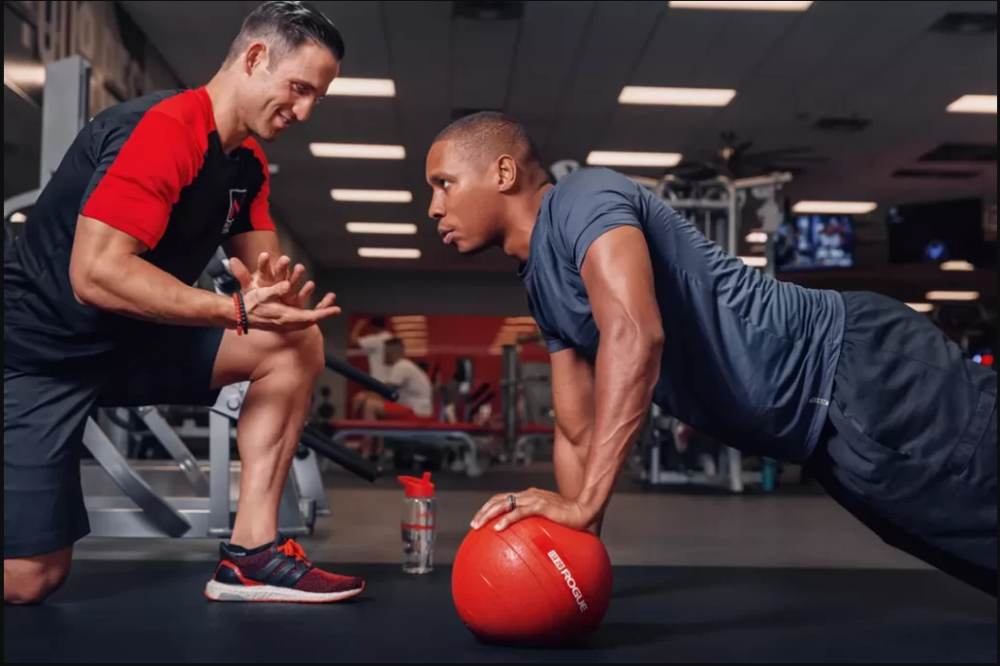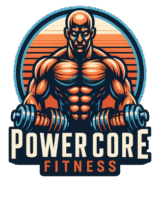
Kicking off a strength training journey can be both exciting and a tad overwhelming. Understanding what strength training means is the first step. Basically, it’s all about improving muscle strength and boosting endurance, usually through resistance exercises. This can significantly enhance overall health and fitness.
Newbies often wonder, “Why start strength training?” Simple—the benefits are massive. Besides toning muscles, it strengthens bones, improves metabolism, enhances mental well-being, and can even reduce injury risks. As a beginner, there’s nothing like the feeling of lifting weights and feeling stronger day by day.
Many hesitate due to myths like “Strength training causes bulky muscles” or “It’s just for young people.” But here’s the truth: it’s adaptable for all ages and body types. Strength training can actually help achieve a leaner look and a healthier body, without turning you into a bodybuilder overnight.
Starting with the right mindset is critical. Think of it like building a house; you need a solid foundation. Set realistic goals, be patient with your progress, and remember every small effort counts. Celebrate those little victories along your journey, they’re just as important as the milestones.
Essential Home Workouts and Equipment for Beginners

Bodyweight exercises are the backbone of any home workout routine. Think squats, push-ups, and planks. They’re effective, accessible, and require no equipment, making them perfect for a beginner’s start into strength training.
Once you’re comfortable with bodyweight exercises, you might want to explore adding some basic equipment. Resistance bands and dumbbells can elevate your workouts, offering variety and increased challenge. They’re versatile, space-efficient, and pretty budget-friendly.
Creating a balanced workout routine involves targeting all major muscle groups. Aim for a mix of exercises that work your arms, legs, core, and back. This could mean alternating between upper and lower body workouts or integrating full-body sessions.
Your workout space matters too. You don’t need a dedicated room, just a small area where you can move freely. Make it motivating—good lighting, maybe some music—anything that helps create a positive vibe while you train.
Crafting Your Personalized Strength Training Program
Designing your own strength training program is like tailoring a suit – it should fit your needs perfectly. Start with assessing your fitness level and consider your available time. Setting clear, achievable goals that you can steadily work toward creates a sense of accomplishment.
Tracking progress is about more than just noting down weights and reps. Celebrate improvements in technique, stamina, or even how much easier daily tasks become. A simple journal or fitness app can help record these wins and keep you motivated.
Don’t underestimate the power of rest days. Muscles need time to repair and grow stronger. Incorporate rest into your weekly schedule, ensuring you don’t burn out. Balancing workout intensity with recovery is key for continual progress.
Adapting your program as you advance is crucial. Gradually increase the challenge by adding more reps, more weight, or trying new exercises. Listen to your body, and if an approach isn’t working, it’s okay to switch things up. Remember, the best program is one that keeps you engaged and thriving.

Leave a Reply